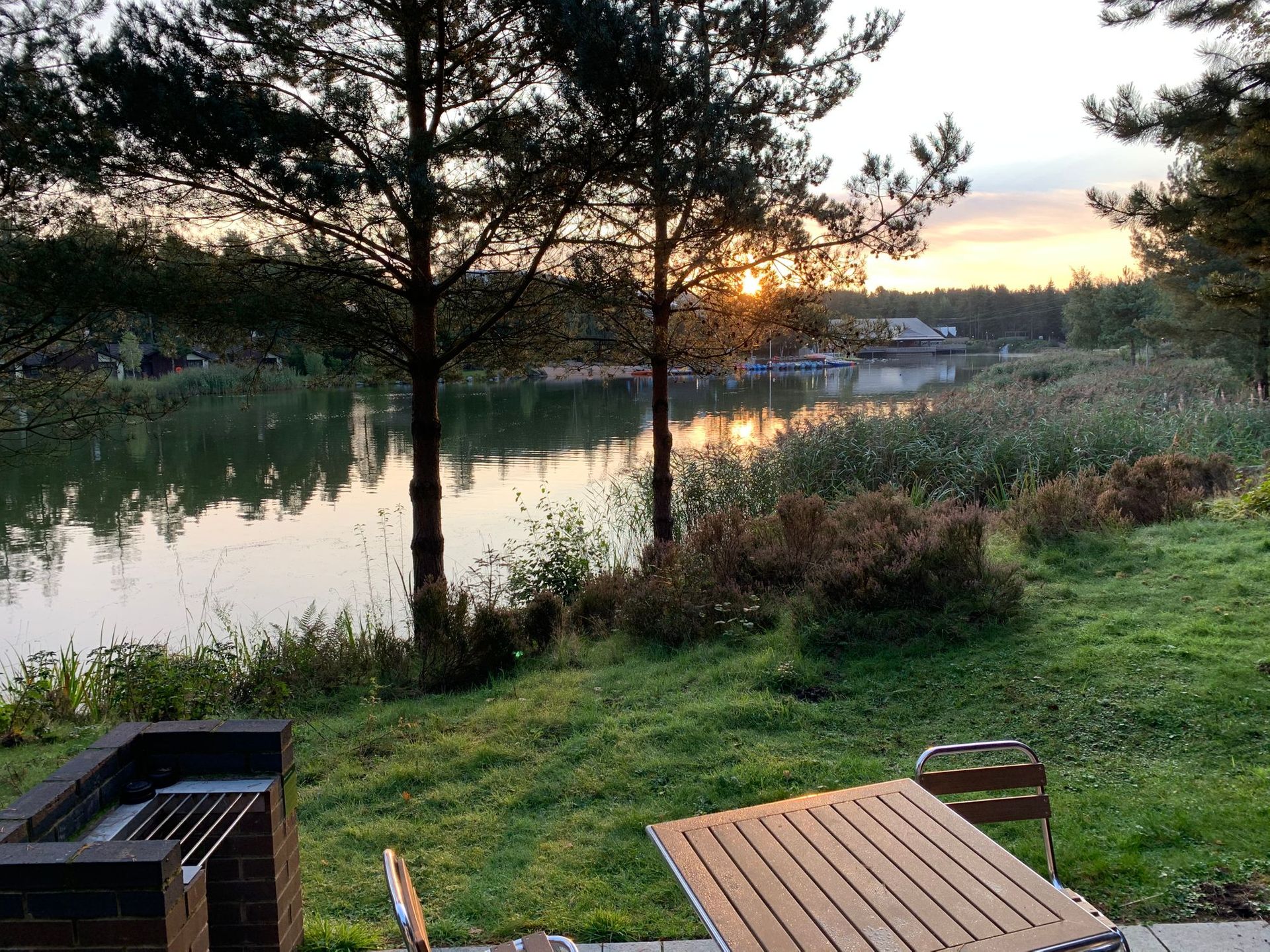Last week I took some time off and relaxed at Center Parcs Whinfell Forest in Cumbria. The forest itself is a sanctuary for endangered red squirrels and despite the picturesque location, I started thinking about the infrastructure needed to support a capacity of 4,668 guests across 861 lodges.
Unlike the other four Center Parc sites in the UK, and the Longford Forest site in Ireland, the Whinfell Forest site was constructed by a company delightfully named The Rank Organisation who operated it as Oasis Lakeland Holiday Village. We'll see references to this name later. In 2001 Center Parcs purchased the site and in the 19 years since have redeveloped and renovated the lodges and activities.
I'm interested in technology, especially how it interacts with the world around us. Of particular interest are the utilities that we take for granted and often forget. This blog is really just me musing about the things I observed while cycling around the site.
Electricity
The site is located in woodland, a remote location. I was interested in how electricity is provided to the site itself, and then how its distributed.
Though the site is located within dense forestry there is a plethora of overhead electrical lines nearby. At the west there's a 400kV line from the Harker substation in Carlisle to the Hutton substation in Preston. Parallel to that is a smaller 132kV line. To the north there's 11kV and 33kV lines. A public dataset of aerial lines is useful to discover this stuff, in addition to private GIS databases.
The incoming supply to site comes from both the 33kV and 11kV lines. On the approach drive we see it transition from aerial to underground cable. Both 33kV and 11kV circuits transition back to aerial on the other side of the approach drive. Did Center Parcs pay to avoid have lines cross the road? Or did the elevation of the road surface prohibit them? Interesting.
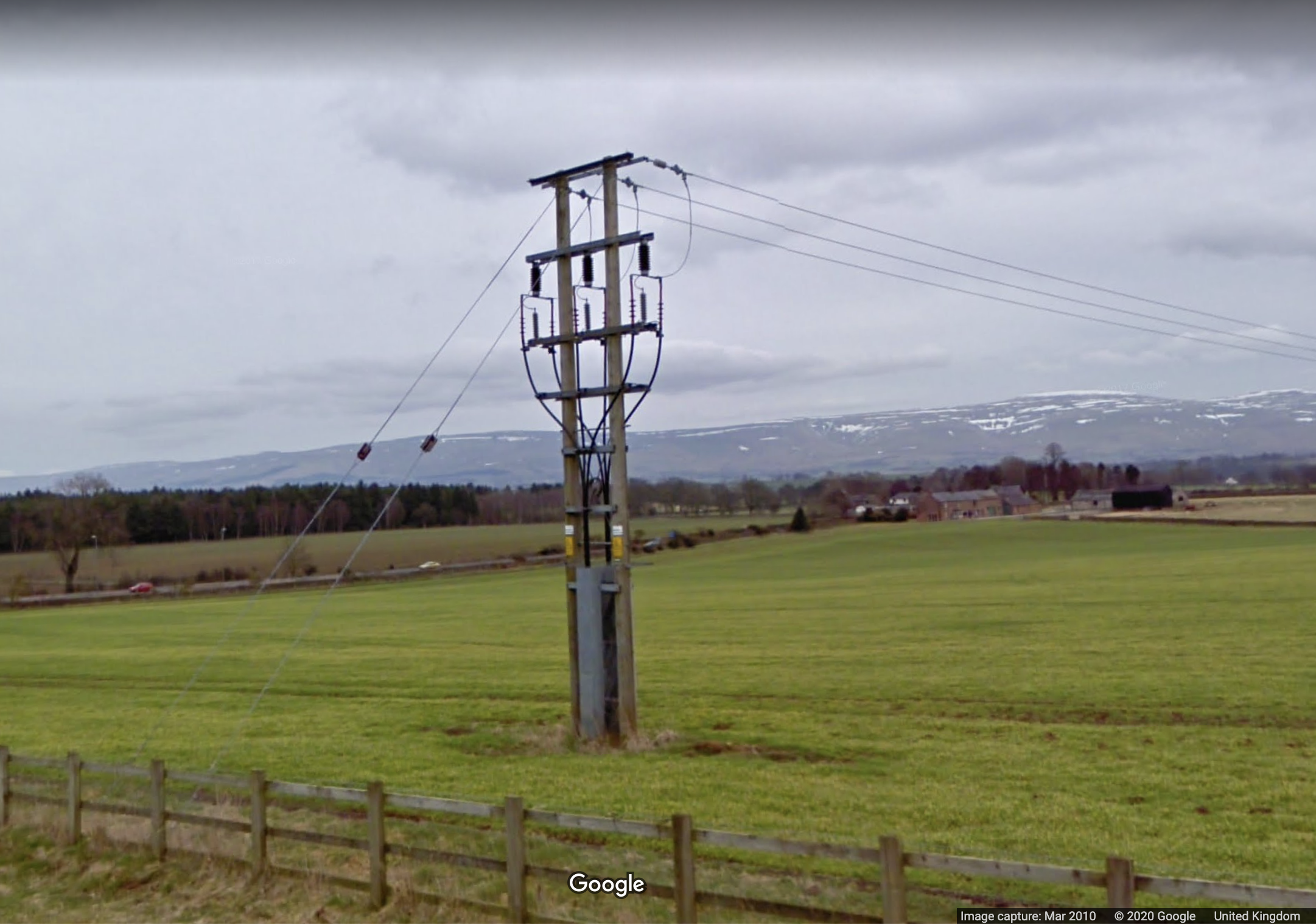
This supply travels underground to the main substation on site. The busbars feed a 33kV to 11kV 5000kVA transformer.
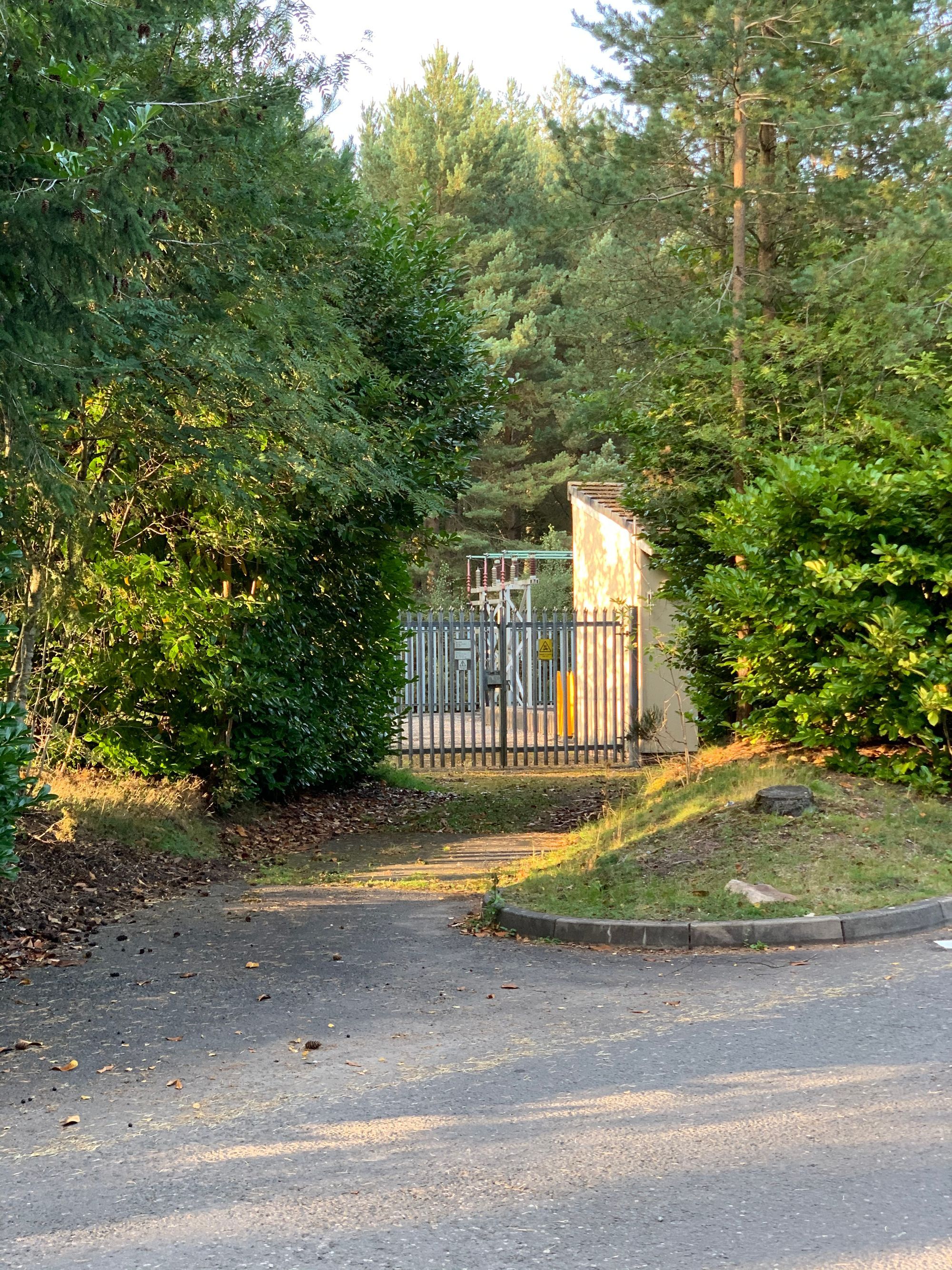
From this point, the 11kV is distributed around the site via a private network. Usually this is done as a ring, fundamentally the same as a ring final circuit (colloquially a "ring main") in your house. Though it's the redundancy of supplying each substation via two legs of the ring that are useful, rather than allowing smaller conductors to be specified.
There's an underground 11kV circuit that runs to an underground pit at the edge of one of the car parks, perhaps for a large backup generator? However, generator package units that output 11kV aren't that common. I'm surprised that they'd feed the backup power directly into the substation because that likely means powering the entire site. Other Center Parcs locations, like Sherwood, distribute smaller diesel generators around the site. This makes it easier to target only critical loads (e.g. the cabins) whilst avoiding the need to provision generator capacity to power large consumers like the leisure facilities.
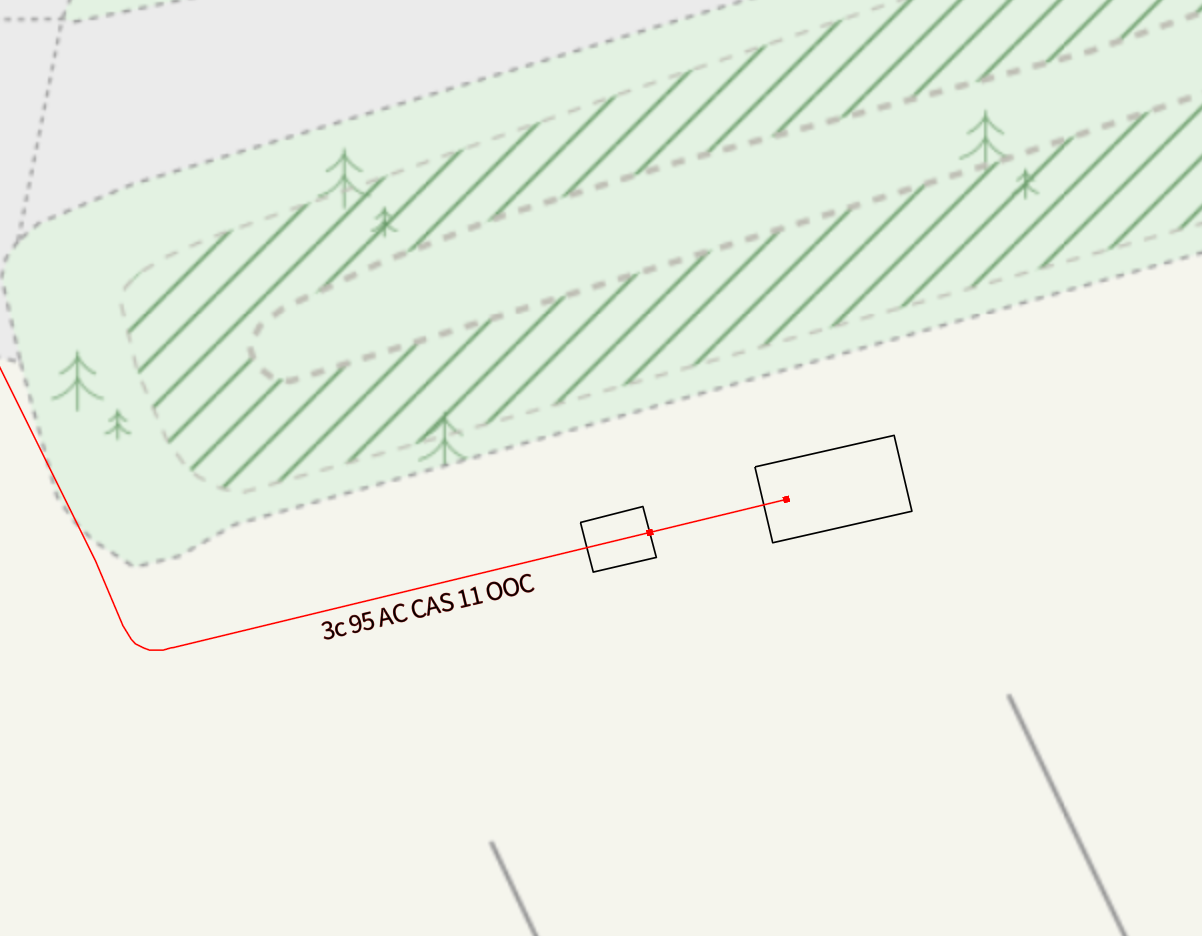
At the Longford Forest site this is exactly what they're doing, too.

The 11kV substations are dotted around the site. They're either Glass Reinforced Plastic (GRP) green buildings or open air wooden huts. They're operated by Electricity North West (who offer a private network maintenance service). It's unlikely that Center Parcs perform their own HV maintenance. Though I expect the Technical Services team do perform basic troubleshooting.
Also note the "Oasis" references, even though the green GRP structures look quite new. I guess it's easier to keep the old naming scheme than try to update.


Inside is a 11kV to 400V transformer, a SF6 circuit breaker (an older version of the Schneider Electric Ringmaster in the wooden huts) and an LV isolator.

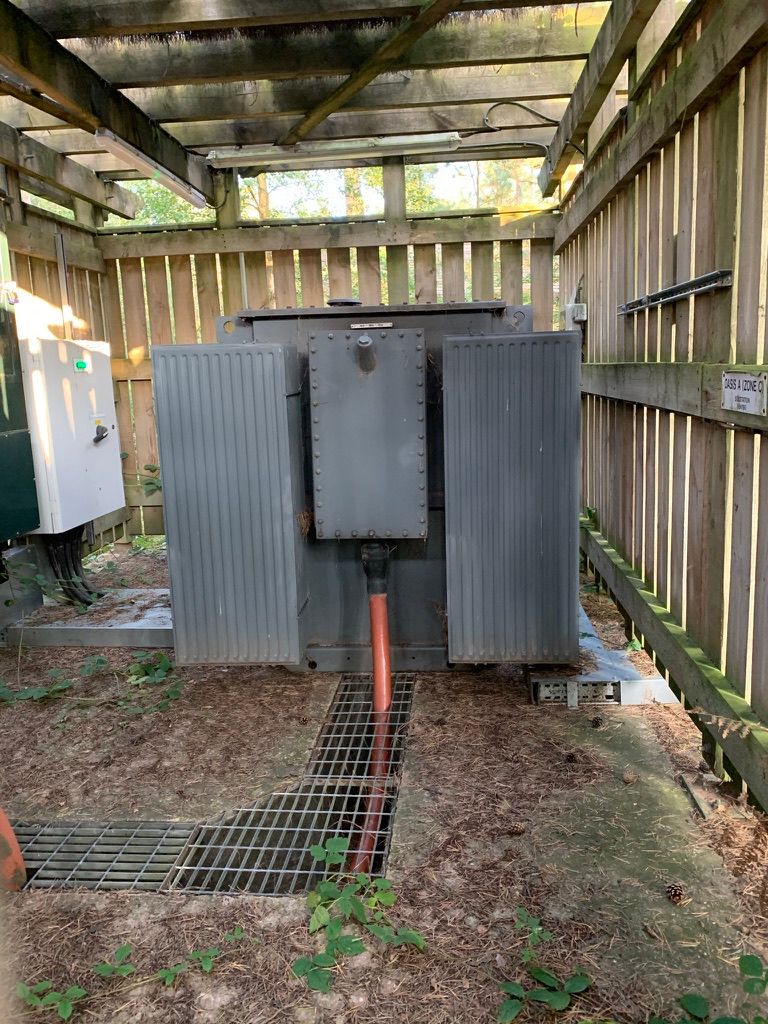
This low voltage 400V connection is then distributed to hundreds of GRP street furniture cabinets. The lodges are supplied with 240V single phase. Presumably the green cabinets are distributing a single phase and neutral to achieve the observed 240V supply. As long as the balance of load across the 3 phases is pretty even, this should work well. These cabinets will also be supplying the street lighting circuits.

At the lodges, more green GRP cabinets are labeled with 400V warnings. I wonder if the 3 phase supply is brought out to these for distribution into the lodges as 240V?
Interestingly (well, you're reading some person chat about electricity distribution at a holiday resort, set your benchmark accordingly) all street lighting has individual key operated isolators.

Some street lighting poles also have standard 3 pin 240V sockets in weatherproof boxes. Not sure what these would be used for.
Water
I don't know much about water distribution, but it's something I'm interested in, too. Whilst walking around I kept seeing fire hydrant-style markers labeled SV.
After researching, these indicate where the main Sluice Valves are located. These can be used to isolate sections of the main water distribution pipes.
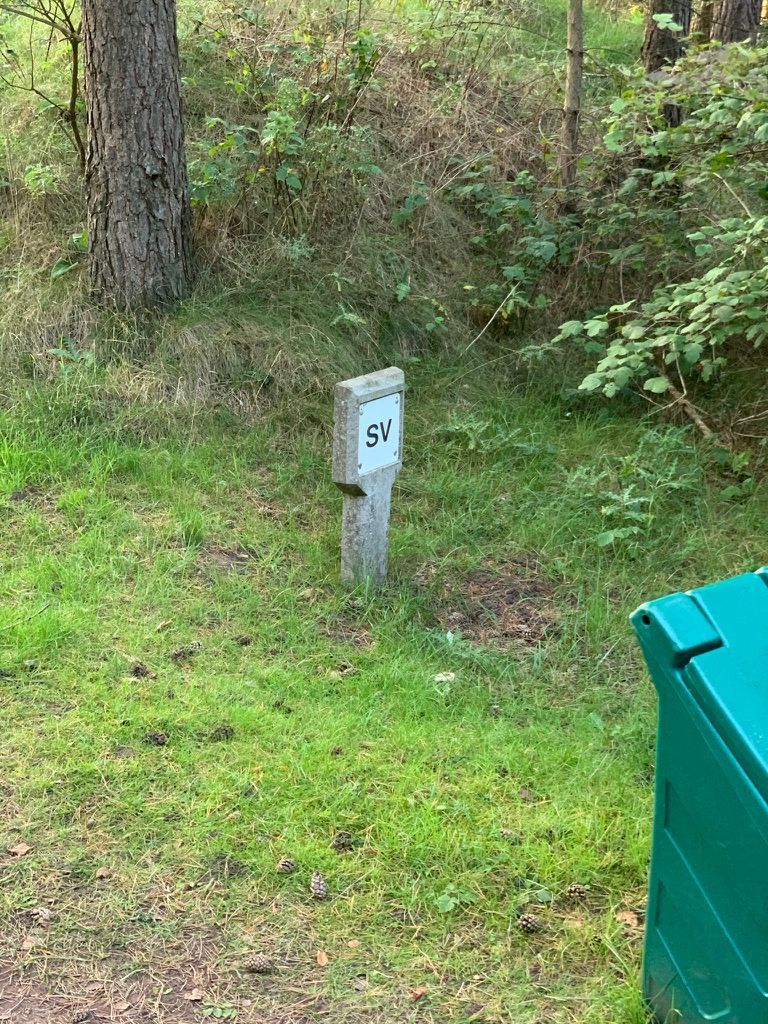
Networking
There has already been a detailed look into the lodge networking at the Longleat site, and much of that is true at Whinfell.
From some research it's suggested that each lodge used to be provided with an ADSL based connection. There'd be DSLAMs located around the site just like the Openreach network and the green street furniture cabinets on a typical street.
However, when I stayed the ADSL connection was not being used. It might surprise you, but I didn't bring any DSL testing equipment with me on holiday, so I can't say whether the circuits are still operational.

There is a site-wide cable network, using the DOCSIS standard. This is used to provide basic television channels to the TVs in the lodge, and is also used to provide the lodge Wi-Fi.
A DOCSIS modem takes the cable signal and presents an Ethernet connection to a Ruckus ZoneFlex 7352 access point (802.11n, 2x2:2, 2.4GHz). The real-word speeds were fine for streaming BBC iPlayer using my laptop.
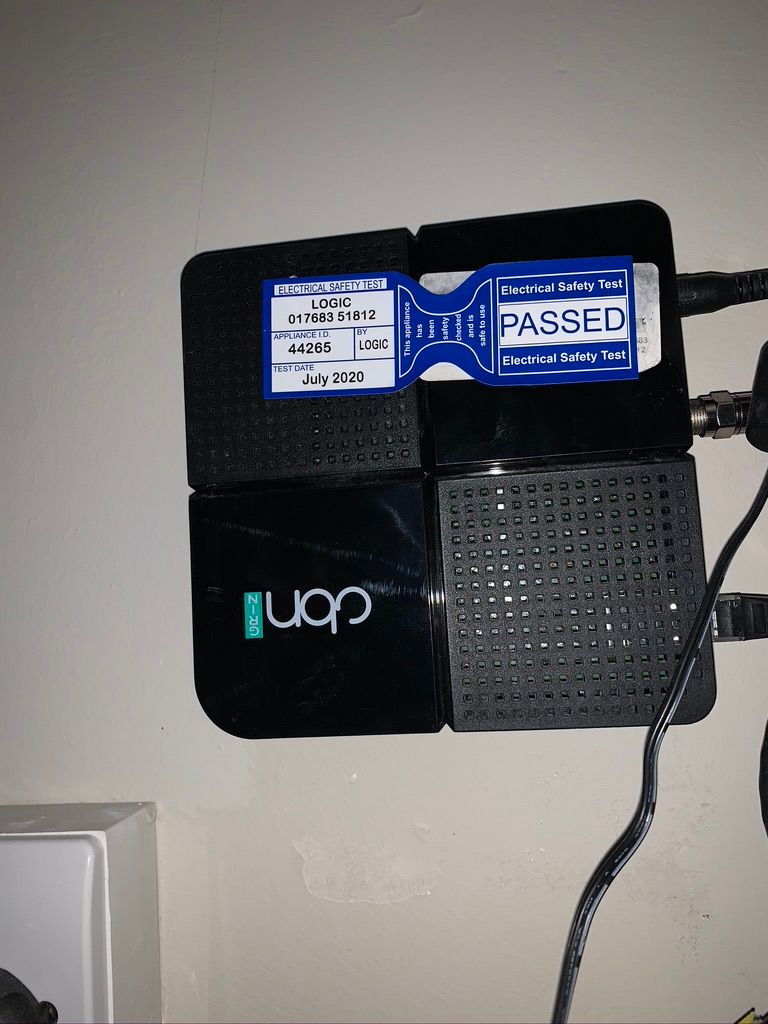
The Wi-Fi access point was mounted to a horizontal mount. A nice touch to maximise the wireless signal range.
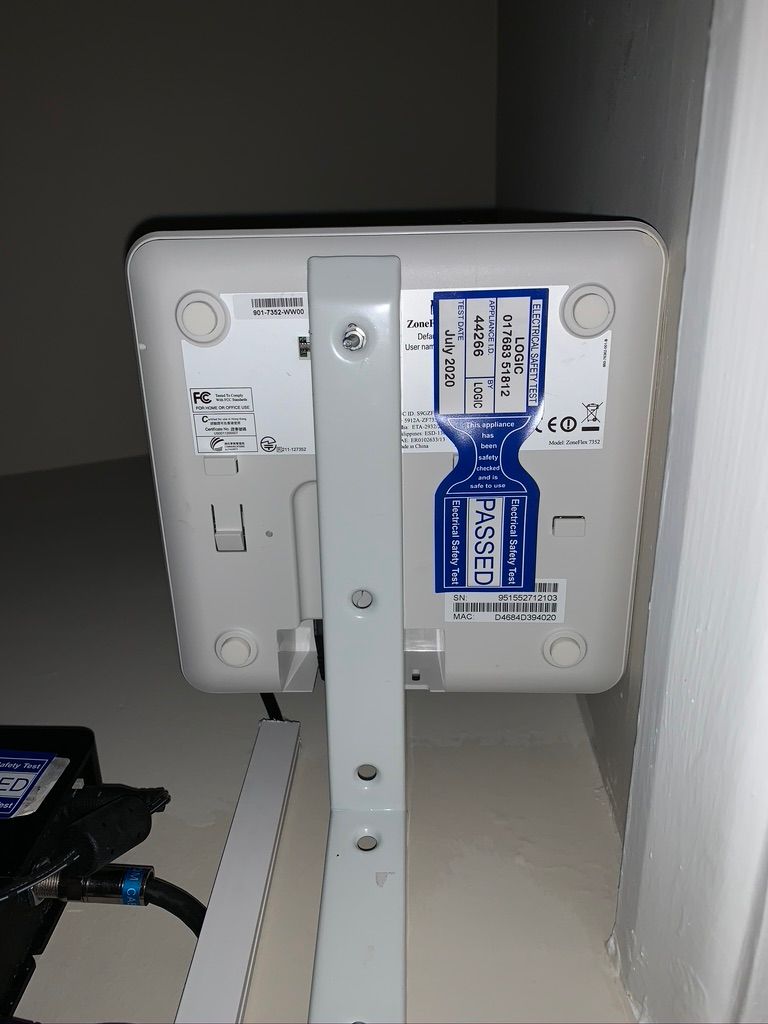
Tip: built into the TV was a nice HDMI face panel, but someone had stuffed small rocks into the HDMI port. Pull out the DVD player and use it's HDMI cable instead. Oh, but return it all back to normal before you check out.
Access Control
Upon check-in, rather than a traditional room key we got issued RFID wrist bands. Some more research shows these use the 13.56MHz frequency.
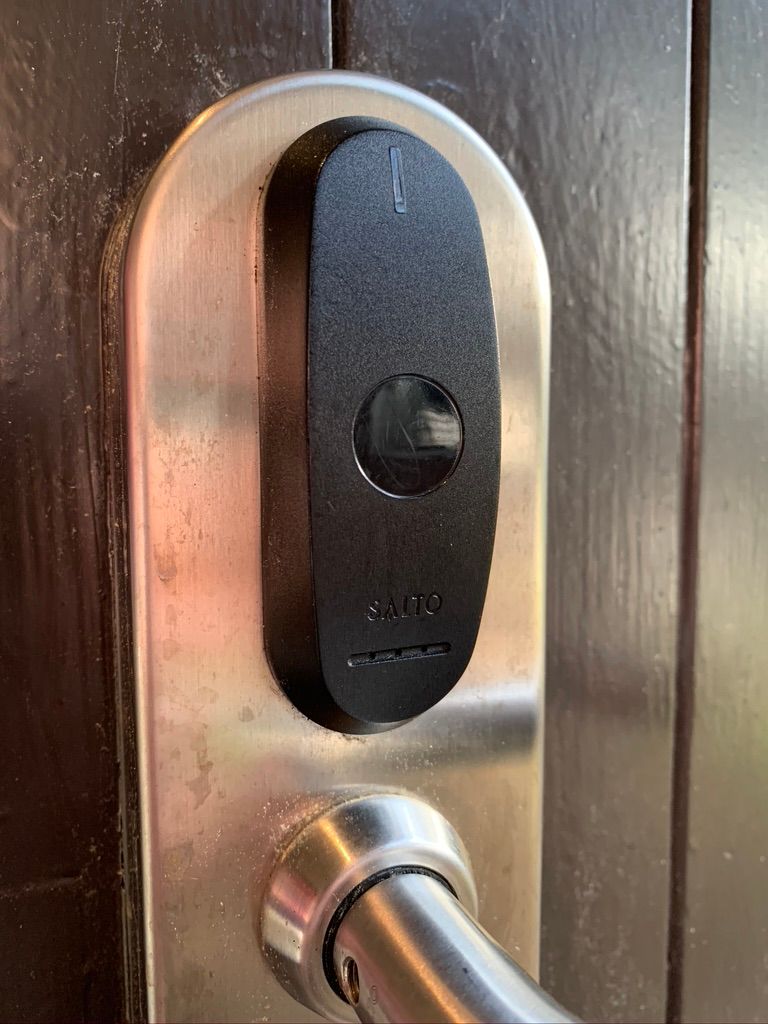
Lodge doors are fitted with Salto RFID door locks. These are pretty nice units. The check-in process used a desktop RFID programer to enroll the wrist bands.

I want to explore this mechanism some more, probably another blog post in the future.
The wrist bands were also used to lock/unlock the changing room lockers in the Subtropical Swimming Paradise water park and spa. The locker locking mechanism was branded OJMAR if you're interested in that rabbit hole.
Subtropical Swimming Paradise
Not really infrastructure, but I think it's cool. At 9pm the entire water park is emptied. Yes, we went to watch it empty. It takes a surprisingly fast 15 minutes to completely drain.
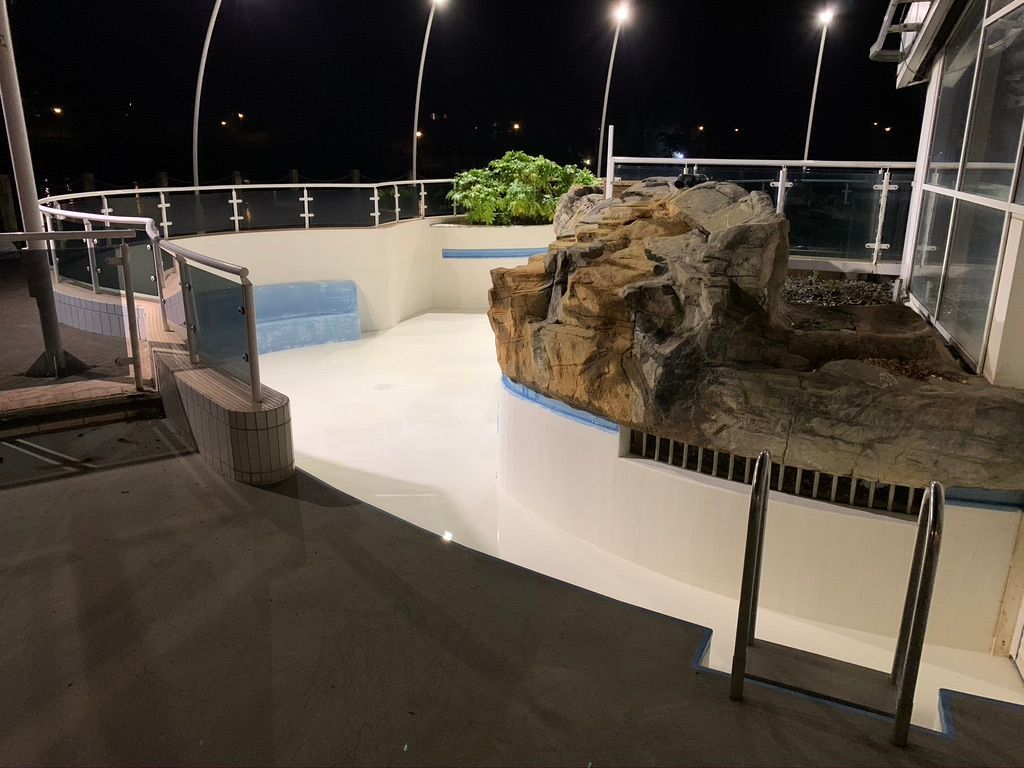
Other than the standard balance tanks to store the excess water when people get in the water (hello Archimedes 👋) there is an additional underground tank. It stores the entire water parks water where it can be kept warm until the following morning where the pumps are reversed and the pools refilled.
